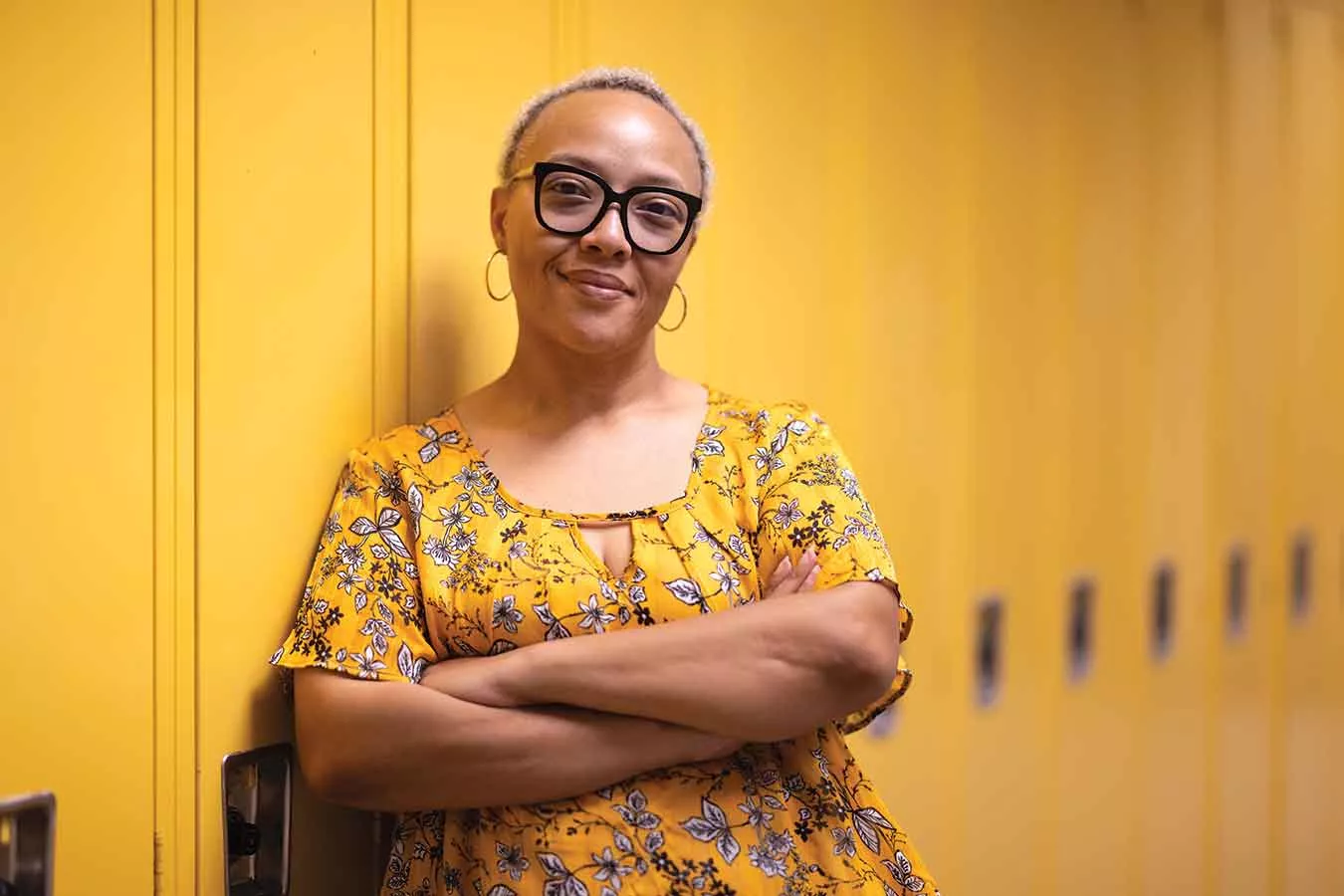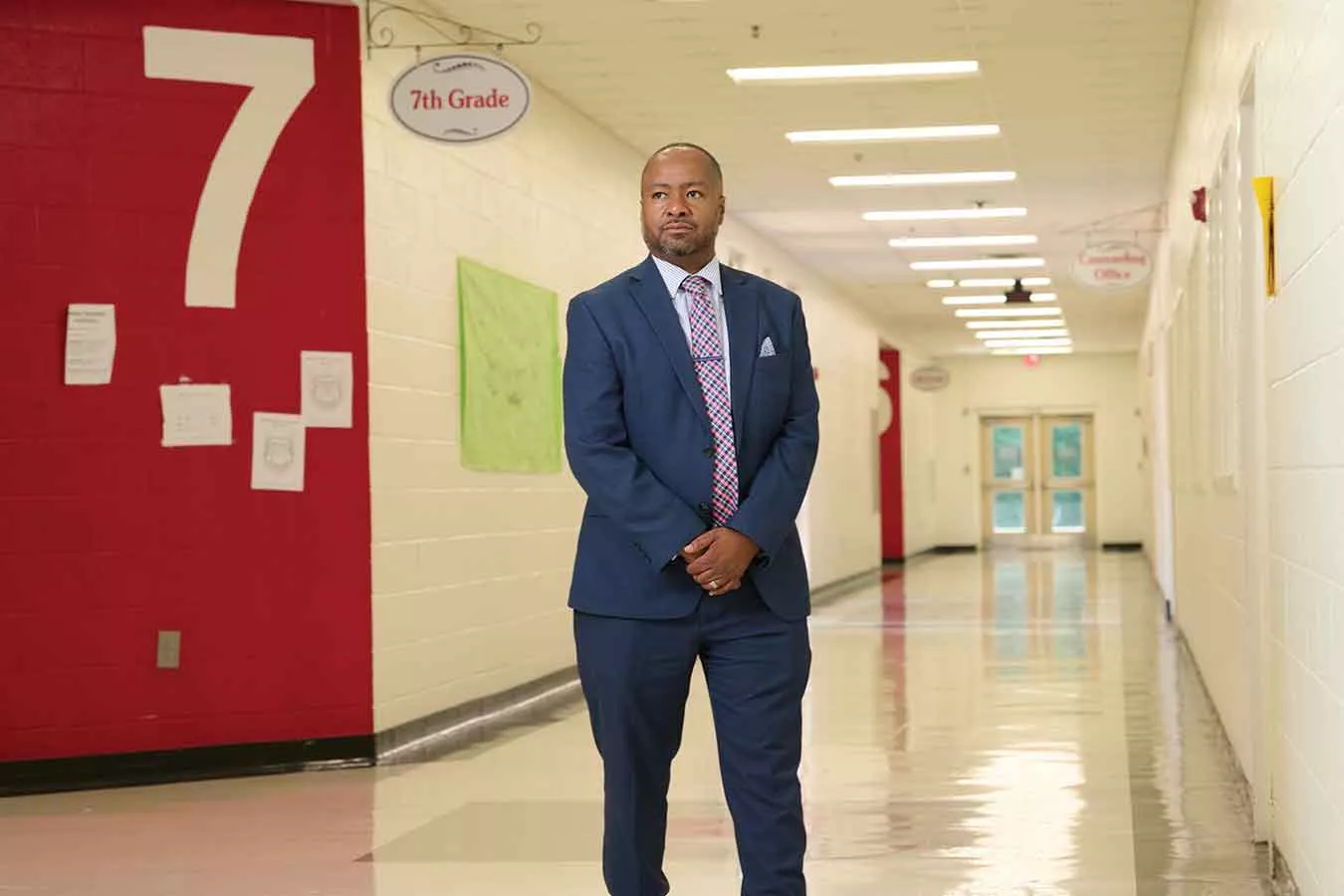What can teachers and parents do when a student’s behavior is out of control? It’s not effective to send them to the principal’s office. The student needs a place to settle down and learn strategies to cope with anger, anxiety, and other difficult emotions.
Some schools have calming rooms staffed with trained educators who help the students regulate before returning to class.
This should not be a punitive seclusion zone, nor should it be used as a “get out of class free” card. It’s a place for students to calm down and learn self-regulation strategies so future outbursts are less likely.
NEA Today asked our Facebook followers if their schools have calming rooms. Hundreds of educators responded! Here’s what a few had to say:
Cortney Kindall-Ritchey— ”Yep! And it’s with me, the counselor! It is designed to help reset and take accountability for disruptive choices. This doesn’t mean there isn’t a consequence for poor choices later, but we try to help students reset and return to class as soon as possible without rewarding undesirable choices or further disrupting students engaged in the learning.”
Stephanie Bradley— ”We have a Zen Den where students can go to refocus themselves through a sensory break or by speaking with our SEL staff.”
Michelle Cobb— ”We have a Responsible Thinking Classroom where they write a plan about their behavior choices and how they will change those behaviors to be more successful in the classroom.
“If you don’t have a calming or refocus room, take the opportunity to collaborate with your administrators. Going to your principal with a thoughtful solution—rather than just stating a problem—is an effective strategy.
“Meet with your administrator administrator and ask for a place for students to … learn regulation tactics, and ask if there are trained community partners who can volunteer to staff it, if there aren’t enough school-based resources.”






